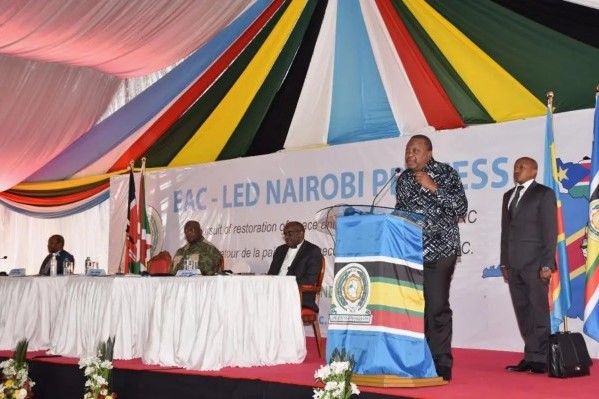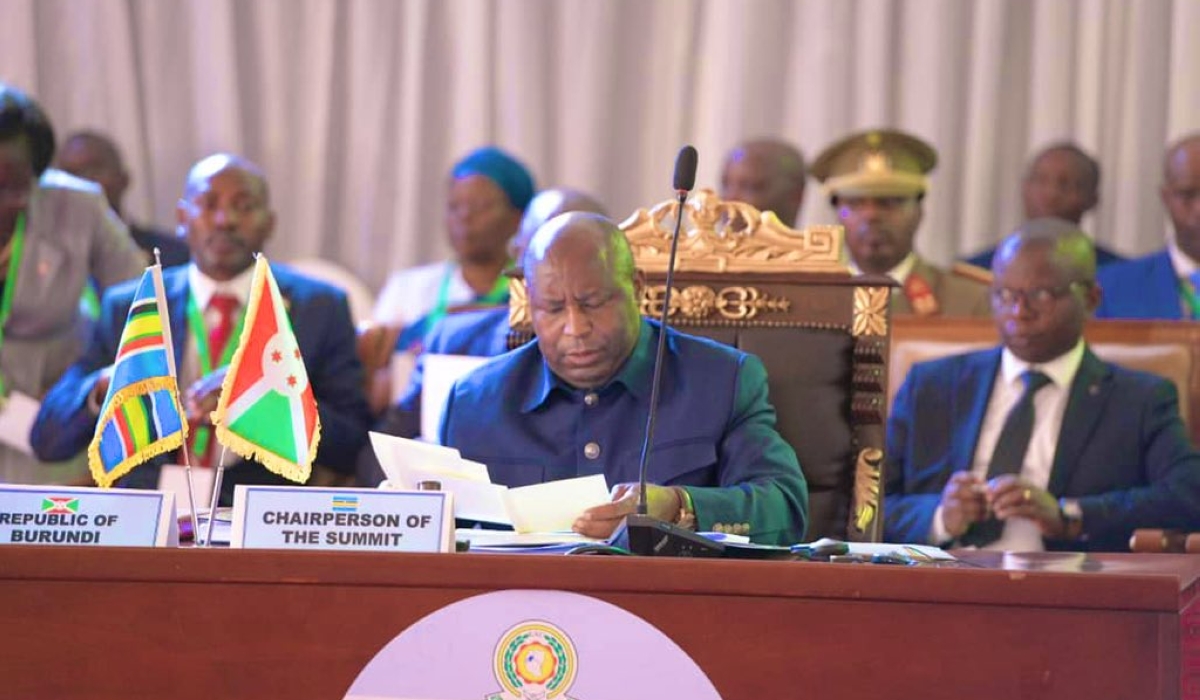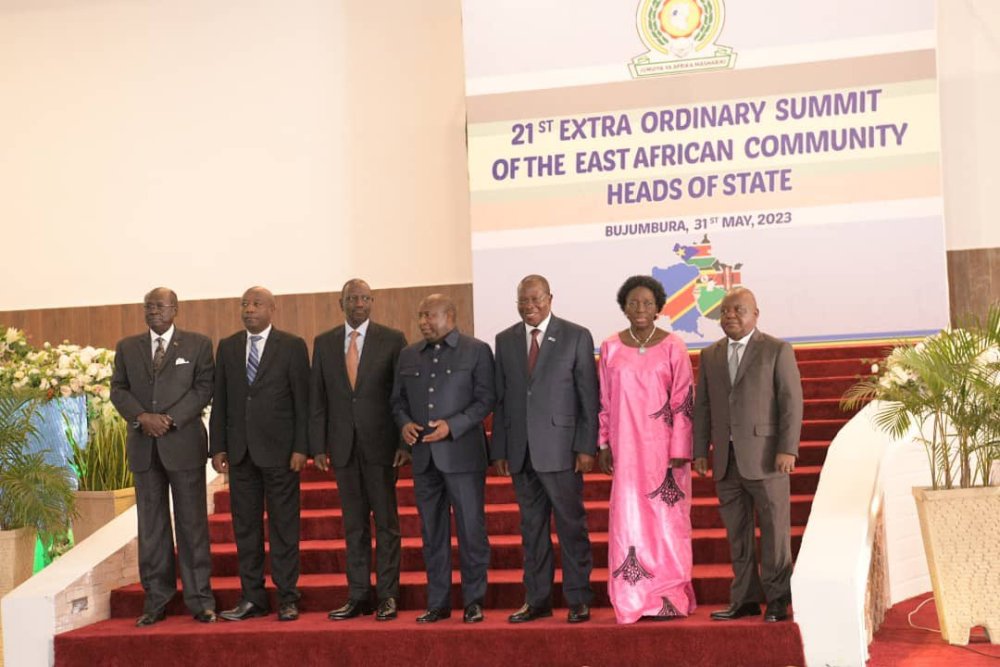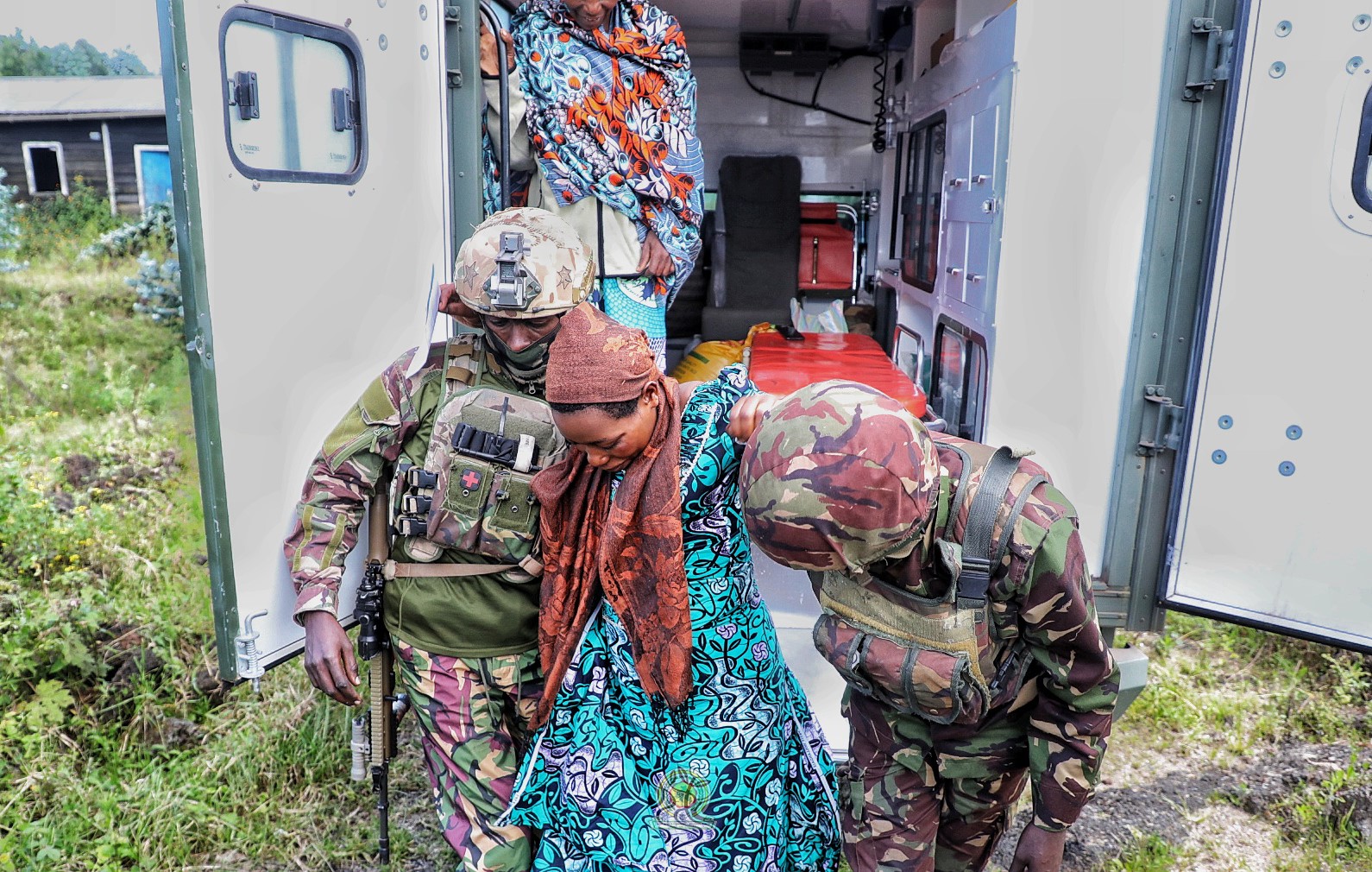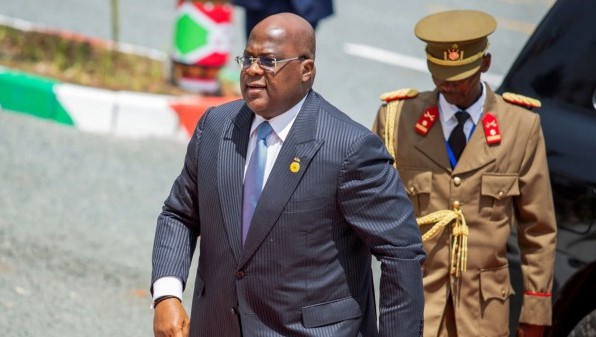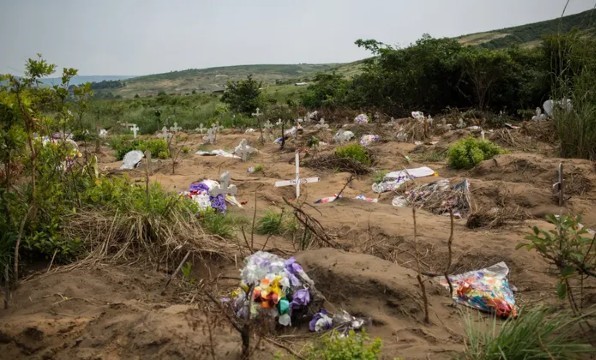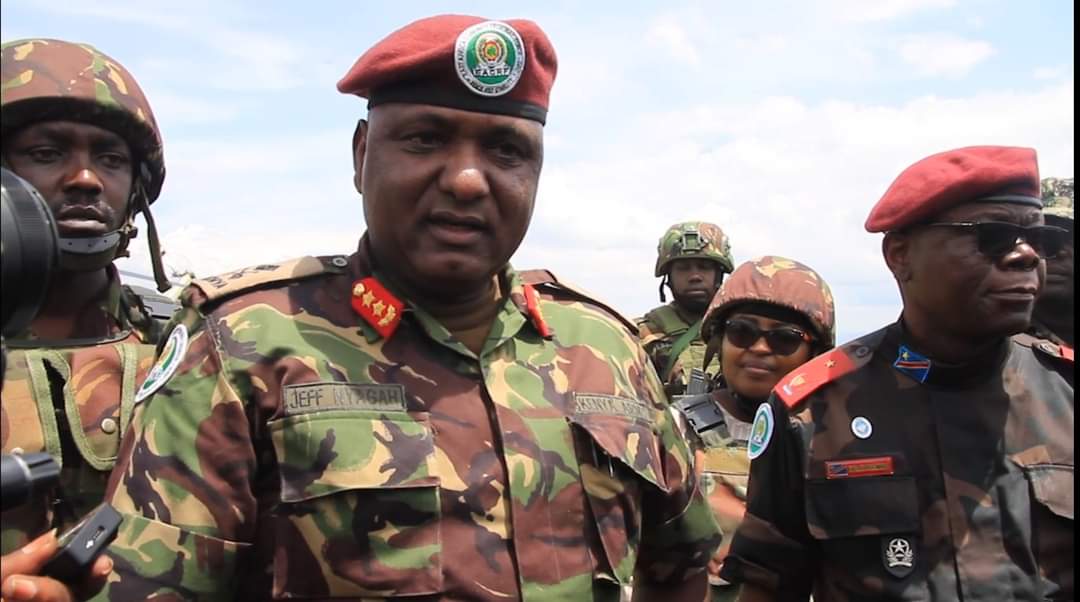Regional
EAC should stay the course in helping sort out DRC crisis
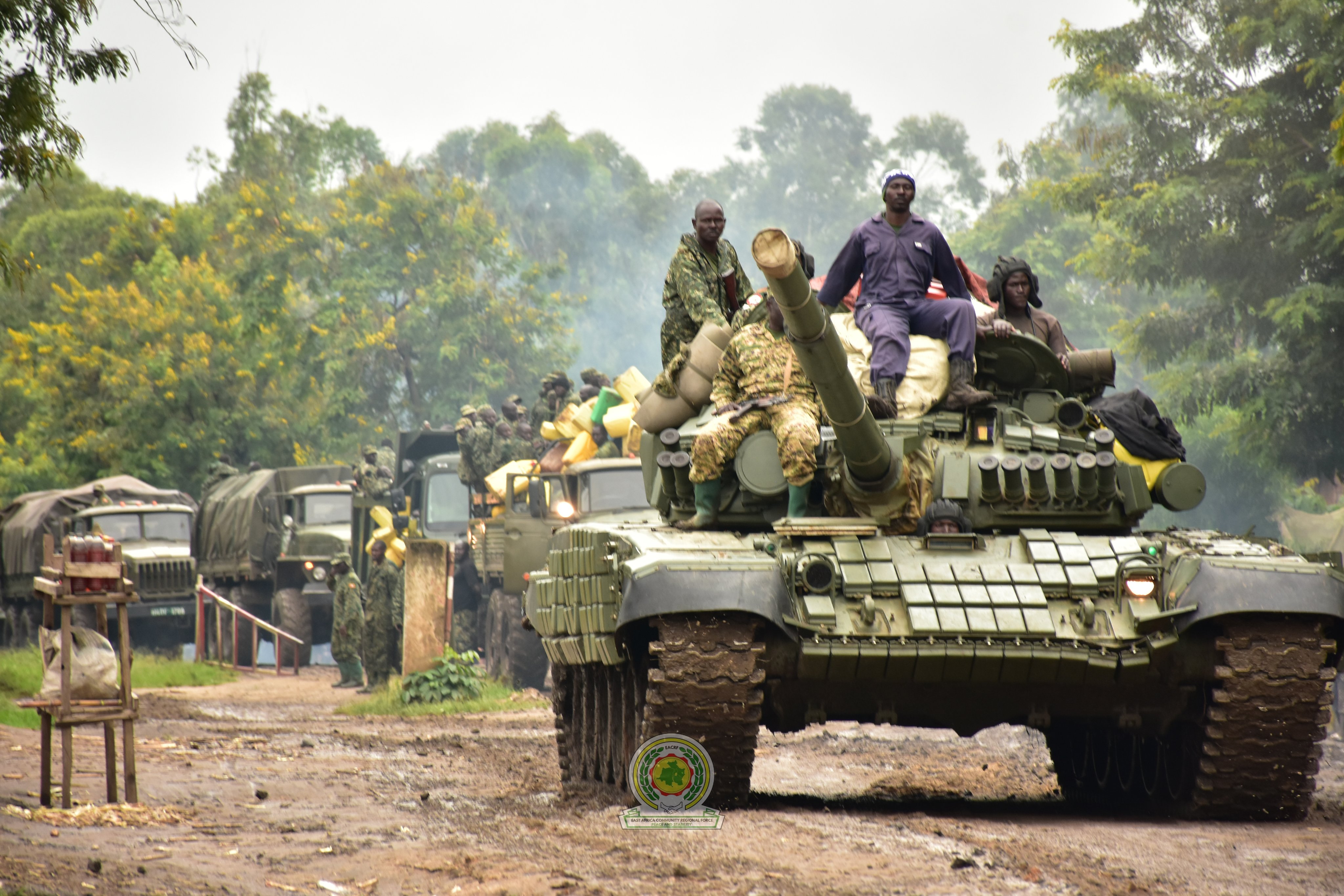
Despite the political shenanigans in Kinshasa, the East African Community should not walk away from the people of the Democratic Republic of Congo. With over 130 armed groups fighting each other, random attacks on civilians, ethnic intolerance, and a weak state, Congolese citizens have suffered for decades.
The
regional bloc cannot continue to turn a blind eye to the chaos and wars in eastern
DRC which leave many killed, displaced, and others living with no hope for
tomorrow.
The problem
in DRC is an EAC problem. That is why regional leaders decided to support the
EAC-Led Nairobi Process on the restoration of peace and security in the east of
the country.
In
April 2022, Congolese President Felix Tshisekedi signed the treaty of accession
by his country to the EAC, making it the seventh member of the regional
economic bloc.
But after
that, the first regional leaders’ conclave on the DRC was held. The consultative discussions were meant
to find a lasting solution to the conflict through peaceful means but also had
an option of using military action to achieve the goal. During the second
conclave on April 21, 2022, EAC leaders agreed to the deployment of a regional
force to target armed groups that declined to heed to calls for a de-escalation
of hostilities.
In
December 2022, the regional bloc started to deploy its troops in eastern DRC, spending
its resources to help restore peace and stability in the country.
When
the troops arrived, Kinshasa’s main protagonist, M23 rebels, were seven
kilometers away from Goma. In February, the rebels were nowhere near Goma as they
had already handed over many territories they earlier seized to the EAC forces.
With
just about six months of the EACRF presence in eastern DRC, the regional troops
managed to do what had not been done by the hundreds of UN peacekeepers
operating in the region for more than two decades. Swift cessation of
hostilities, enhancing the protection of civilians, and ensuring the withdrawal
of the M23 rebels from their positions, were some noteworthy achievements
Kinshasa and its allies don’t want mentioned.
The
next and final stage to achieve much-needed peace in DRC is the cantonment and
disarmament of the armed groups as was initiated during the Luanda Summit of
November 23, 2022.
The facilitator of the EAC-led Nairobi process, former Kenyan president Uhuru
Kenyatta, on June 30, highlighted that the cantonment is a sensitive part of
the peace restoration process that requires cooperation, transparency, open
consultation, and stakeholder dialogue.
He
said: “I believe we have done a good job so far, but a difficult one is about
to begin.”
“We
must ensure that all parties are adequately consulted and reach an agreement
regarding this crucial stage. It is imperative to address all necessary
technical and logistical matters including establishing open and indirect lines
of dialogue and consultation with the armed groups we aim to canton.”
Even
though the primary objectives of the Nairobi peace process are being achieved and
the EAC has made huge progress in stabilizing eastern DRC, there are still
sporadic cases in many areas. The regional bloc needs more time to sort out
eastern DRC security challenges. The region’s problems existed for 30 years,
and cannot be solved in one year.
Kinshasa
threatened to expel the EAC regional force just because it did not engage in
offensive operations against the M23, yet it is the only one that tried to
solve eastern DRC’s conflict effectively.
It
is imperative that EAC leaders don’t abandon DRC.
Whether
they are welcome or not, they must stay the course in eastern DRC.
The
Congolese deserve better than what they have.


.jpeg-20230628111323000000.jpeg)
